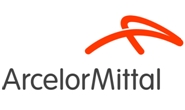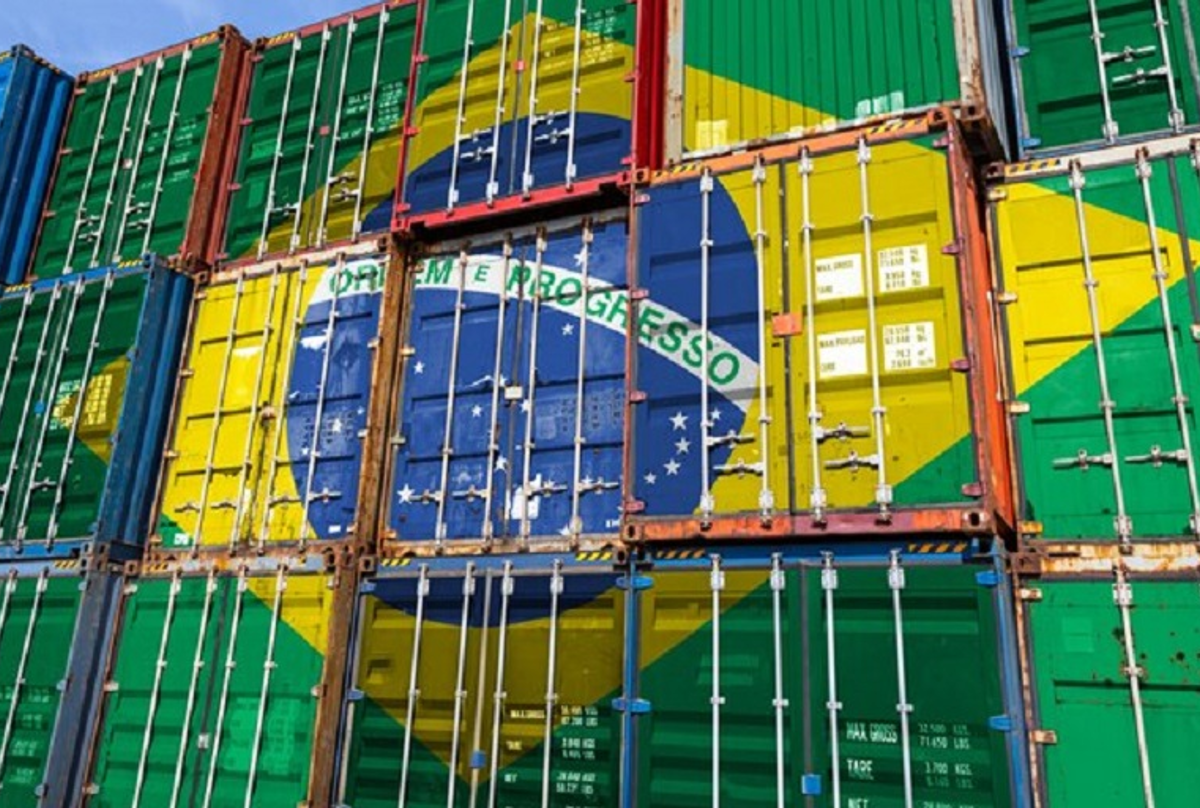Prices

May 3, 2020
Mills Raise Flat Rolled Prices by $40-$60 Per Ton
Written by Tim Triplett
Demand for steel has suffered a serious blow from the coronavirus shutdowns. Not surprisingly, steel prices have been hurt as well, with hot rolled plunging by $80 per ton since mid-March. What is surprising is that the mills are hoping they can establish a floor for steel prices, even as the economy and demand yet show few signs of recovery. And there seems to be varying opinion on where that floor should be–up $40, $50 or up $60?
![]() Nucor and U.S. Steel followed on ArcelorMittal’s announcement of minimum base prices on flat rolled steel with price increases of their own. Effective May 1, the Nucor Sheet Mill Group raised base prices on new orders of hot rolled, cold rolled and galvanized steel products by a minimum of $50 per ton ($2.50/cwt). U.S. Steel’s North American Flat-Rolled Sales Organization announced that it has raised spot prices by a minimum of $60 per net ton ($3.00//cwt). Pricing extras continue to apply as published.
Nucor and U.S. Steel followed on ArcelorMittal’s announcement of minimum base prices on flat rolled steel with price increases of their own. Effective May 1, the Nucor Sheet Mill Group raised base prices on new orders of hot rolled, cold rolled and galvanized steel products by a minimum of $50 per ton ($2.50/cwt). U.S. Steel’s North American Flat-Rolled Sales Organization announced that it has raised spot prices by a minimum of $60 per net ton ($3.00//cwt). Pricing extras continue to apply as published.
NLMK USA has set the following minimum base prices: hot rolled, $520 per ton; cold rolled and coated, $720 per ton. NLMK’s Portage, Ind., mill is not accepting orders for June delivery as it works to complete its reheat furnace skid project, which has been delayed by coronavirus safety precautions. The company expects to open July for booking in the next couple of weeks.
ArcelorMittal USA informed customers that its base minimum for future orders of hot rolled is $500 per ton ($25/cwt), while cold rolled and coated products now have a base of $700 per ton ($35/cwt). These prices apply to ArcelorMittal USA and AM/NS Calvert. ArcelorMittal said its order book is now open for June.
SMU data shows the average price for hot rolled this past week was $460 per ton ($23/cwt) and cold rolled and galvanized were $650 ($32.50).
The last price increase announcement by the mills was on Feb. 27 when they advised their spot customers of base price levels of $620 per ton on hot rolled, and $820 for cold rolled and coated. After a brief bump, steel prices drifted down for much of the first quarter before plummeting in the second half of March when the government ordered nonessential businesses to close to stop the spread of COVID-19.
Whether the mills’ price hike will gain any traction in today’s troubled market will depend on how rapidly demand improves as restrictions loosen and businesses reopen. End users are looking to seize on historically low pricing, and SMU has been hearing of queries at service centers and steel mills. Scrap is expected to trade sideways or higher in May due to extremely tight scrap supplies, which may also lend support to higher finished steel prices. The wild card will be inventories at the service centers and at the end users. How much havoc has the pandemic already had on business, and what will the next few months look like?
Steel Market Update changed its Price Momentum Indicator to Neutral from Lower this week, as the market is now in transition and the direction is unclear.







